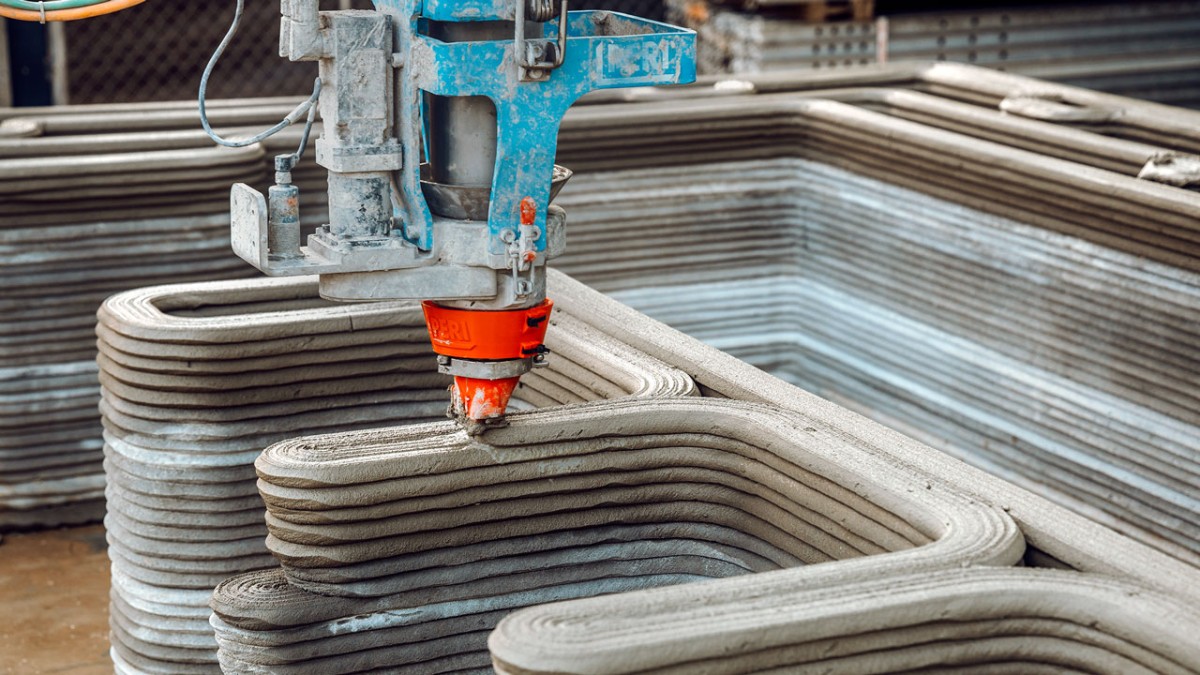this post was submitted on 12 Feb 2024
17 points (87.0% liked)
3D Printing
4371 readers
1 users here now
For everyhting 3D printing related.
Please be excellent to each other :)
Icon by Freepik, Banner photo by Thiago Medeiros Araujo
founded 4 years ago
MODERATORS
you are viewing a single comment's thread
view the rest of the comments
view the rest of the comments

Did you buy a large diameter nozzle? If yes, you'll be bound by the performance of your heating block and how much the extruder can feed in. I think a general rule of thumb is about nozzle diameter. A bit less if you want a clean print that also has acceptable layer adhesion. The standard nozzle diameter of lots of printers is 0.4mm. A recommendation I've read often is 80%, so 0.32mm layer height.
I haven't bought anything yet, it's just a project for the future. The maximum nozzle diameter I found for the printer is 0.8mm. It's probably the maximum recommended nozzle diameter for the printer...
When asking GPT – as you say – it says you'll have to go under the diameter of your nozzle: "The maximum layer height is typically 75-80% of your nozzle diameter" That means I could print with a layer height of 0,64mm. Unfortunately I think that's still too small.
I'll have to check the performance of my printer and do additional research to tell how much my printer can extrude and if I can find or produce the right nozzle for my printer (maybe I can drill a hole with a larger diameter in the nozzle?).
Thank you!
I wouldn't drill a hole. Just buy a set of cheap brass nozzles from Aliexpress or Amazon. They are cheap and available in different sizes or as an assortment of sizes to try. But you have to check if it fits your printer. Afaik there are different styles and lengths of the screw thread that goes inside of the heating block.
You can slow it down if your printer isn't made for this. If you print fast, it has to push through lots of filament through that larger nozzle and heat up lots of it. If you slow down print speed, the flow is less and it might have enough time to keep up.
Since you like that concrete printer: I don't think it has a huge layer height. Judging by the width of those two walls it is printing, I'd say there could be a similar ratio of nozzle diameter and layer height.
If your nozzle is a bit flat at the bottom and not overly pointy, you can print wider walls than the nozzle diameter. It'll squirt out to the sides. Maybe the result looks something like the concrete printer does. Maybe you can combine that with more height, too since it then not lays down a thin line, but it oozes to the sides and that might help with adhesion. I'd try it, worst thing is it doesn't adhere properly to the layer beneath, or lots of molten plastic accumulates at your nozzle and makes a mess.
I'd pay attention to two things: The hotend temperature. If it isn't steady anymore, it struggles with heating the increased amount of filament you're pushing through. Secondly your extruder motor. If it get's hot to the touch, it has to work too hard.
Your maximum nozzle diameter depends on your extruder. Most printers run one of a few fairly standard designs. It wouldn't surprise me if there are larger diameter nozzles made for your extruder, but they're not marketed for your printer.